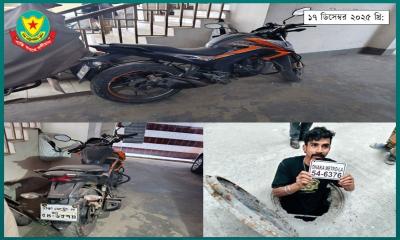Despite bumper production, farmers in char areas of Gaibandha district are worried they won’t get good prices for jute this year, as they are facing difficulties in rotting and processing the golden fibre due to lack of water.
Many farmers have harvested jute from the fields but failed to rot these due to lack of adequate water in local water bodies and ponds.
According to the Department of District Agriculture Extension (DAE), a total of 3,002 hectares of land has been used for jute cultivation in Saghata upazila, 945 hectares in Sadar upazila, 480 hectares in Sadullapur upazila, 641 hectares in Gobindaganj upazila, 4,390 hectares in Phulchhari upazila, 290 hectares in Palashbari upazila and 4,565 hectares in Sundarganj upazila of the district.
Farmers are busy harvesting jute. Some farmers have piled them up under the open sky due to lack of adequate water or rain as 10-12 days are needed to rot the jute plants.
Currently, the market value of per maund jute is at Tk 2500-3000. The price of jute sticks is also good.
Saiduzzaman, chairman of Mollar Char union and a jute farmer, said people of 165 char areas in the district depend on jute cultivation. This year, the farmers are experiencing difficulties in rotting jute plants as the local water bodies and ponds have dried up due to drought and heatwave.
Most jute farmers are waiting for rain after piling up the harvested jute plants kept under the open sky.
Mohiuddin, another jute farmer of Gunbhori area, said the jute plants he piled up had already dried up.
If he fails to rot those in time, then the quality of the golden fiber might be compromised.
Besides, it is impossible to extract the fiber without proper processing, said Mohiuddin.
Though some farmers have tried to rot their jute through pumping water, those also dried up within two-three days due to unusually high temperature, he said. The irrigation process also increases the production cost of jute.
Reza Membar, a resident of Porar Char under Char Kapasia union, said, “I have cultivated jute on 20 bigha of land and some jute plants were put near the bank of Teesta river for rotting.”
Shaheen Mia, a resident of Sadar upazila said, “There is no pond adjacent to my house. I harvested my jute plants ten days back, and left those on the land as I failed to manage adequate water. The jute plants, kept under the sky, have dried up.”
Belal Hossain, deputy director of Department of Agriculture Extension (DAE), Gaibandha, said that this year, the jute farmers had a good yield.
“But due to lack of rain, the water bodies in the area have dried up, and as a result, farmers are facing difficulties in rotting the jute plants in time. Many farmers have tried to rot their jute plants through irrigation,” he said.
This article was first published in UNB.









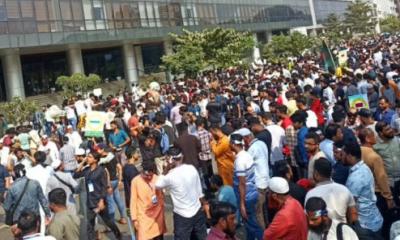


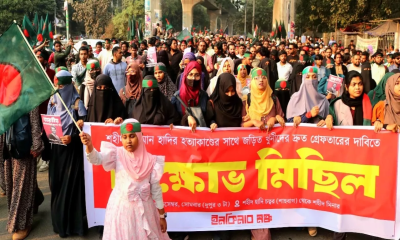
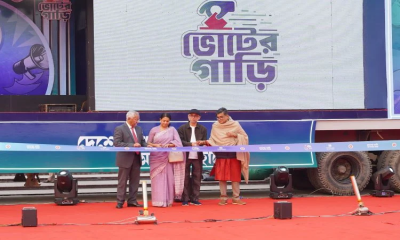
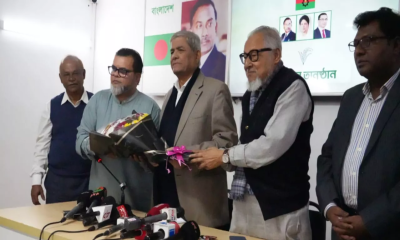
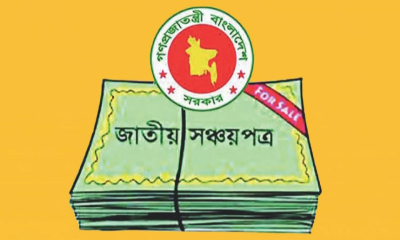





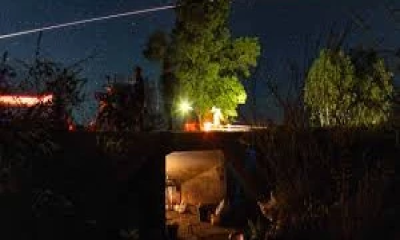


-20251222051606.jpeg)

-20251216090625.jpeg)
-20251218165258.jpeg)


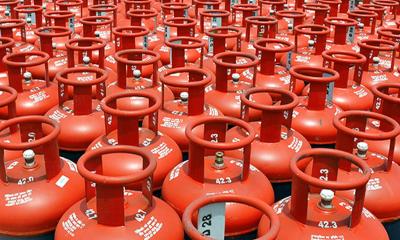

-20251216054240.jpeg)

